Effort Doesn’t Work Anymore – The Big One – Kyle Cease & Aaron Abke
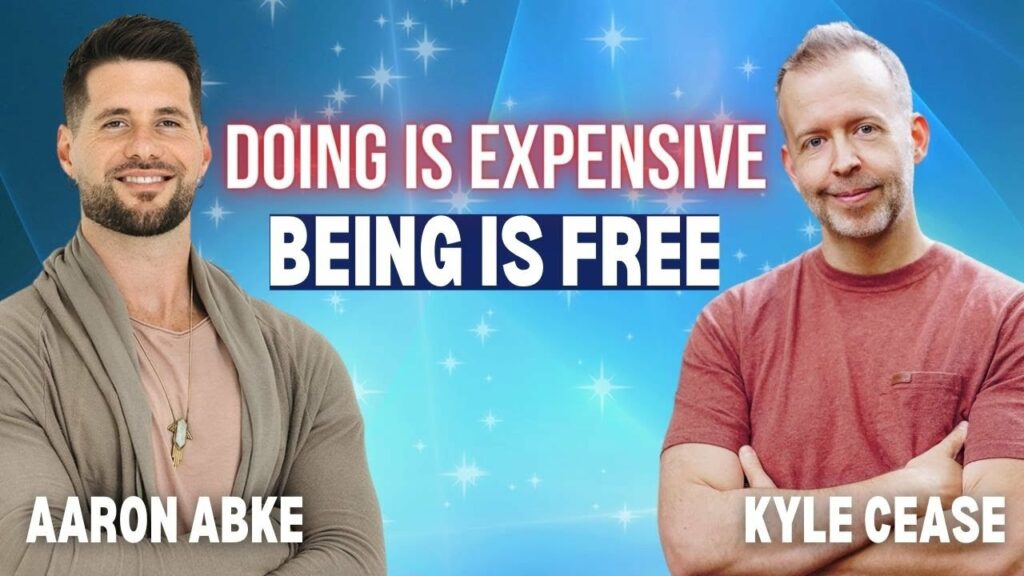
Effort vs. Being: Embracing a Higher Consciousness for Effortless Success How Letting Go Can Lead to Greater Freedom, Creativity, and Abundance In a recent conversation, friends Kyle Cease and Aaron Abke explored a profound shift from achieving through effort to embracing a state of being. Their discussion sheds light on how higher consciousness and a […]
The No. 1 Emotion That Blocks Manifestation – Dr. James Doty & Lewis Howes
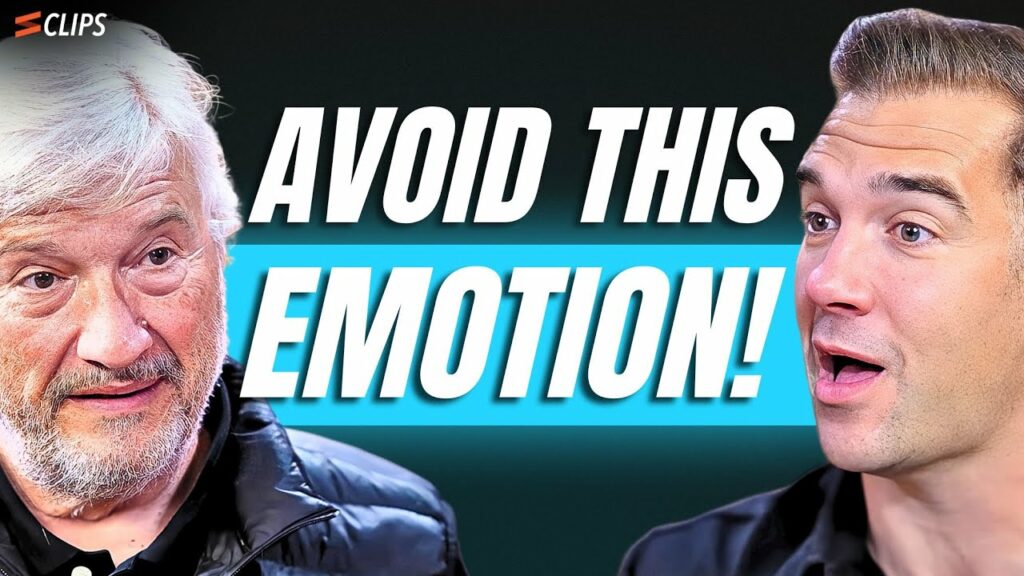
The Key to Manifestation: Overcoming Fear and Embracing Love Understanding the Emotional Blocks to Manifestation and How to Overcome Them In the pursuit of manifesting our desires and achieving our goals, one emotion stands out as the most significant blocker: fear. Dr. James Doty, in his insightful discussion, identifies fear—particularly in the forms of insecurity […]
Kyle Cease – You’re Only Manipulating Yourself

Embracing Inner Transformation: Kyle Cease on Letting Go of External Validation 😎 *This Video Is A Personal Favorite! Breaking Free from the Illusion of Perfectionism In a thought-provoking session, Kyle Cease emphasizes the profound impact of internal research and self-reflection over the pursuit of external validation. His message challenges conventional approaches to personal development, urging […]
Dispenza & Howes On LOVE & Relationships – DO THIS TO FIND LOVE

Dr. Joe Dispenza on Finding Love & Building Relationships Transformation for Love In order for us to find love, a part of us must die. This might sound dramatic, but Dr. Joe Dispenza explains that anything within us that is not love must be transformed. The difference between knowing the path to love and walking […]
How to Understand Your Own Thoughts: A conversation with Kristina Furia

How to Understand Your Own Thoughts Introduction to Metacognition Metacognition is the practice of noticing your thoughts on an ongoing basis. As you go through your day, you may find yourself engaging in habitual ways of thinking and functioning, often operating on autopilot. This practice helps break that cycle, fostering self-awareness and intentionality in your […]
Become a Self-Healer and Break Free of Emotional Cycles – LePera & Howes
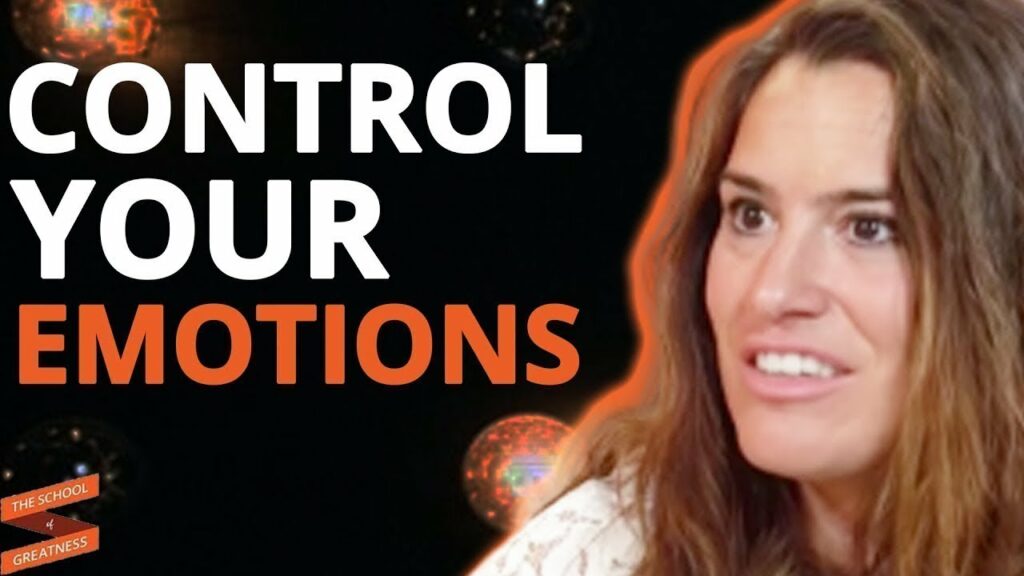
Become a Self-Healer and Break Free of Emotional Cycles In a recent episode of the School of Greatness podcast, Lewis Howes sat down with Dr. Nicole LePera to discuss the transformative journey of becoming a self-healer. Dr. LePera, a psychologist and author, shared insights on how individuals can break free from emotional cycles and limiting […]
PSYCHOLOGIST Reveals: How to HEAL Your LIFE – Dr. Nicole LePera & Lewis Howes

Dr. Nicole LePera Shares Transformative Insights In a revealing discussion, Dr. Nicole LePera delves into the intricacies of healing one’s life. Her insights cover a range of topics from self-love to trauma bonding, offering a holistic approach to mental and emotional well-being. Shop Dr. Nicole LePera On Amazon Transform Your Life: Dr. Nicole LePera’s Guide […]
Joe Rogan Experience #1368 – Edward Snowden

The Joe Rogan Experience #1368: A Conversation with Edward Snowden Life in Exile In his conversation with Joe Rogan, Edward Snowden delves into his life since leaving the United States. Snowden has spent his time giving speeches at universities and conducting interviews, all while maintaining a high level of privacy. His commitment to educating the […]
Ten Percent Happier Podcast With Dan Harris
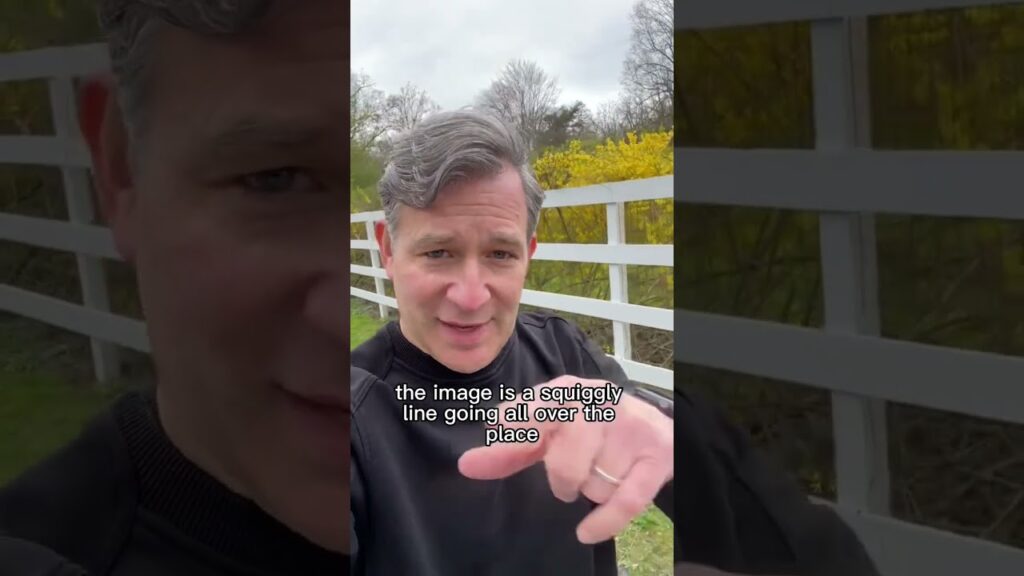
Exploring Mindfulness and Happiness: The Ten Percent Happier Podcast with Dan Harris Introduction: A Journey into Mindfulness In the fast-paced world of today, finding moments of peace and clarity can be challenging. The Ten Percent Happier podcast, hosted by former ABC News anchor Dan Harris, offers a beacon of hope for those seeking to improve […]
This Is Why You FEEL LOST, LAZY, & UNMOTIVATED In Life – Brené Brown & Louis Howes
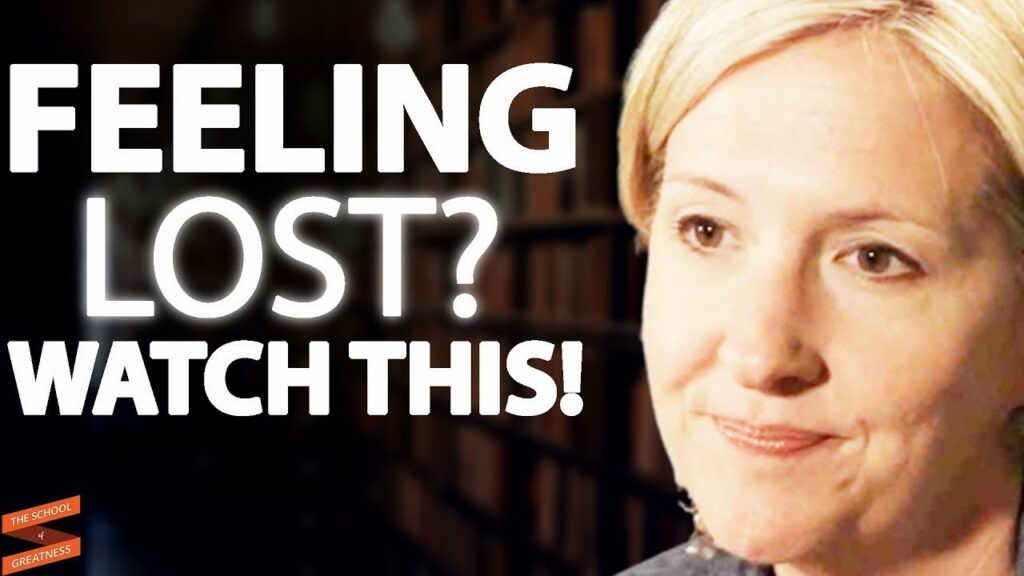
Why You Feel Lost, Lazy, and Unmotivated in Life: Insights from Brené Brown Shame is an inevitable part of the human experience. According to Brené Brown, a renowned researcher and author, we can never completely rid ourselves of shame. However, we can develop resilience to it. When shame washes over us, it often triggers a […]
How To FLIP $10,000 Into $1 MILLION – Cardone & Howes
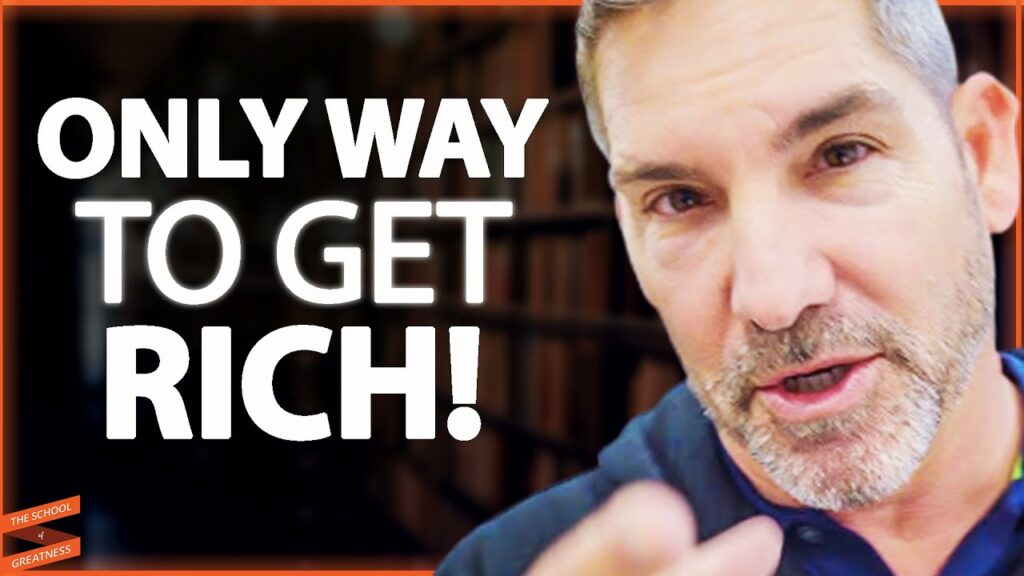
How To FLIP $10,000 Into $1 MILLION: A Wealth-Building Guide by Grant Cardone Grant Cardone, a renowned entrepreneur and real estate investor, shares his insights on transforming a modest investment of $10,000 into a million-dollar fortune. Drawing inspiration from financial legends like Warren Buffett, Cardone emphasizes strategic, long-term investments and the importance of self-investment. Shop […]
They Want To Keep You Poor! BIGGEST MONEY MYTHS – Cardone & Howes

Debunking Financial Myths: Insights from Grant Cardone & Lewis Howes In the realm of personal finance, misinformation can be pervasive, leading individuals astray from sound financial decisions. Grant Cardone and Lewis Howes, prominent figures in the finance and entrepreneurship space, shed light on common money myths and offer valuable insights into building wealth. Shop Grant […]
How To Manifest Success & Riches – Cease & Howes
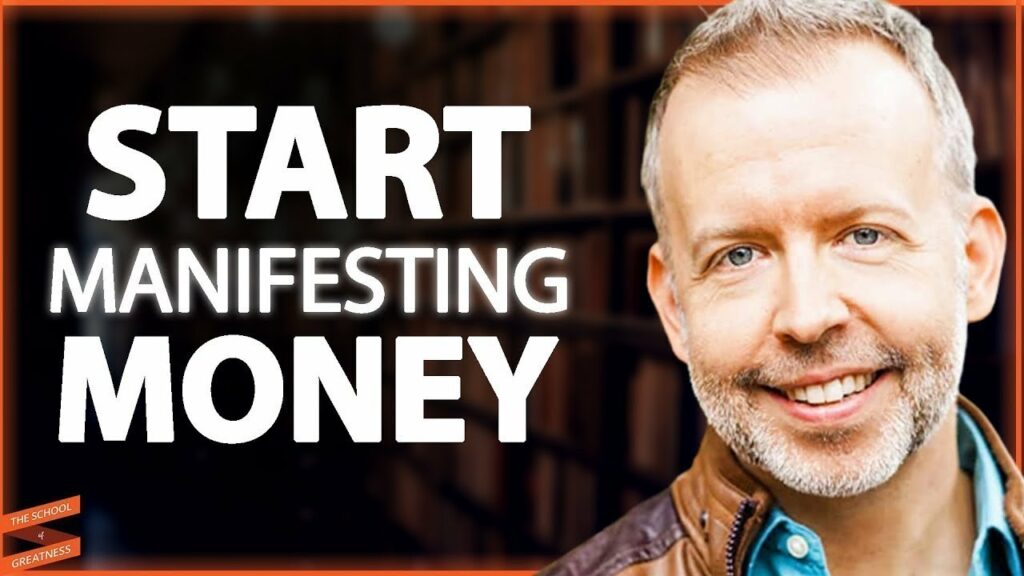
Manifesting Success and Riches: A Guide to Inner Peace and Financial Abundance In the pursuit of financial success, many people overlook the profound importance of inner peace. The highest asset we possess is our connection to ourselves and the present moment. Buddhist monks, revered for their spiritual serenity, are often sought after by millionaire achievers […]
The 6 Steps To Create Wealth & Abundance Today – Kyle Cease & Lewis Howes

The 6 Steps to Create Wealth & Abundance Today Creating wealth and abundance isn’t just about accumulating money or material possessions. It’s about transforming your mindset and aligning with your true self to attract the life you desire. Kyle Cease and Lewis Howes share profound insights on how to achieve this in their conversation. Here […]
Money Flows When You Feel Wealthy
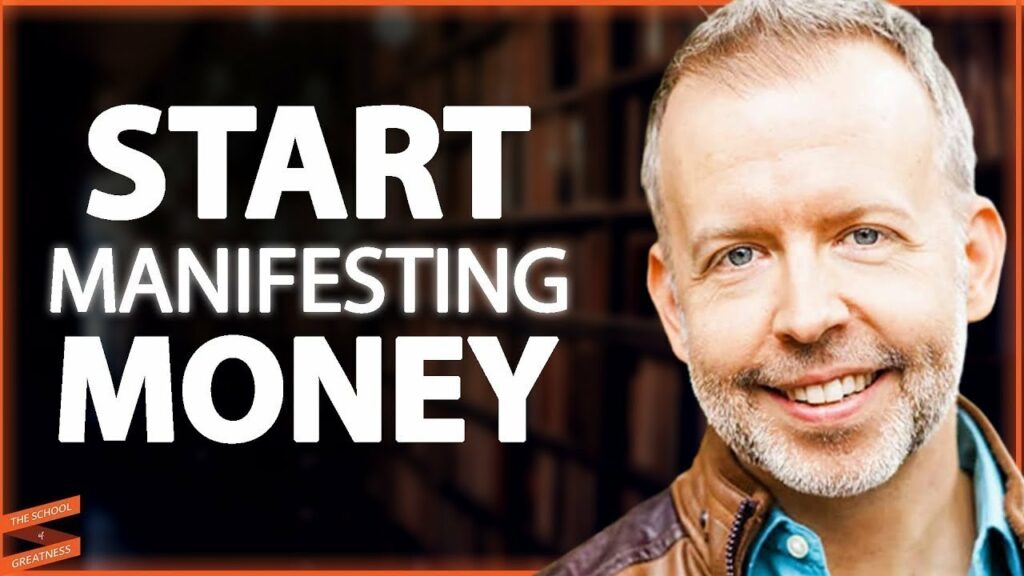
Kyle Cease: Attracting Wealth and Believing in Your Worth Unlocking Financial Success Through Authenticity and Inner Transformation Authenticity Over Tactics Kyle Cease, a renowned transformational speaker and comedian, argues that true financial success comes from authenticity. “You will not make money just from a bunch of strategies anymore,” Cease explains. “What’s going to make money […]
